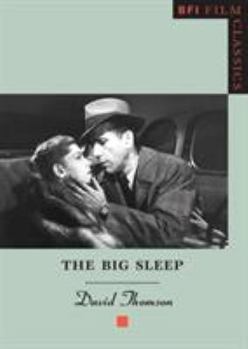Book Overview
The Big Sleep : Marlowe and Vivian practising kissing; General Sternwood shivering in a hothouse full of orchids; a screenplay, co-written by Faulkner, famously mysterious and difficult to solve.... This description may be from another edition of this product.
Format:Paperback
Language:English
ISBN:0851706320
ISBN13:9780851706320
Release Date:March 1997
Publisher:British Film Institute
Length:96 Pages
Weight:0.36 lbs.
Dimensions:0.3" x 5.3" x 7.5"
Customer Reviews
1 rating
Thomson's take on "Big Sleep" a convincing love-letter
Published by Thriftbooks.com User , 27 years ago
David Thomson is arguably the most gifted writer on the cinema -- his "Biogrpahical Dictionary of Film" one of the subject's most valued reference guides. Singling out Howard Hawks' film version of Raymond Chandler's "The Big Sleep" as the most entertaining movie ever made is clearly a bold move on Thomson's part, but his arguments are steadfast and persuasive. Anyone choosing to read this work will emerge with a deeper understanding of the great detective film and an irresistable desire to see it again as soon as possible.





